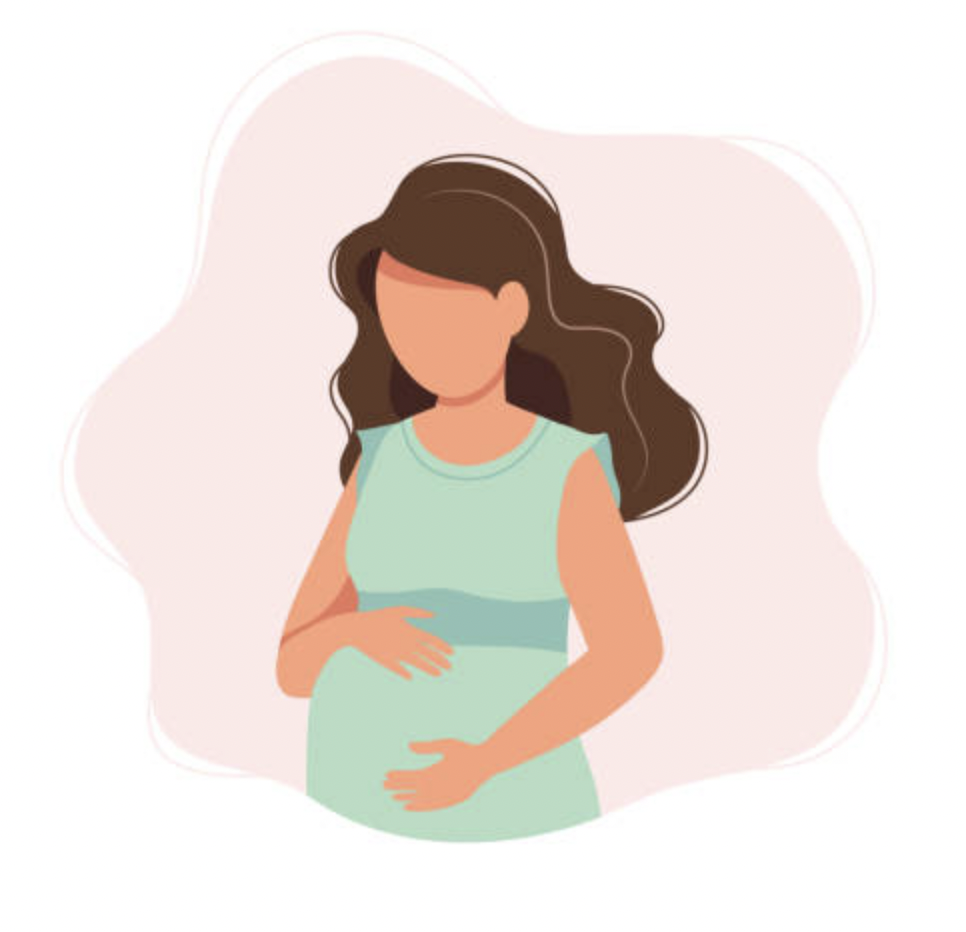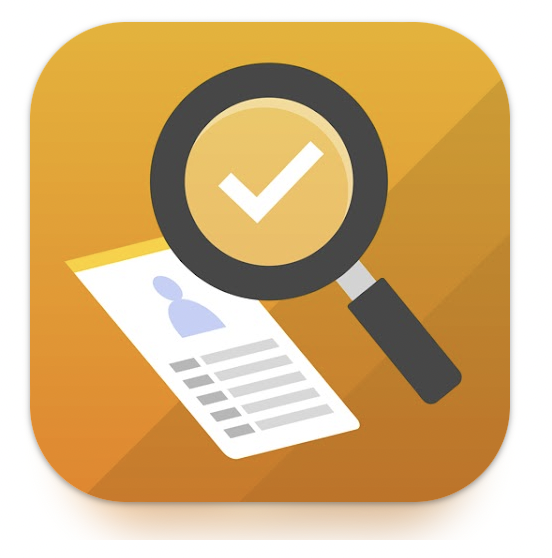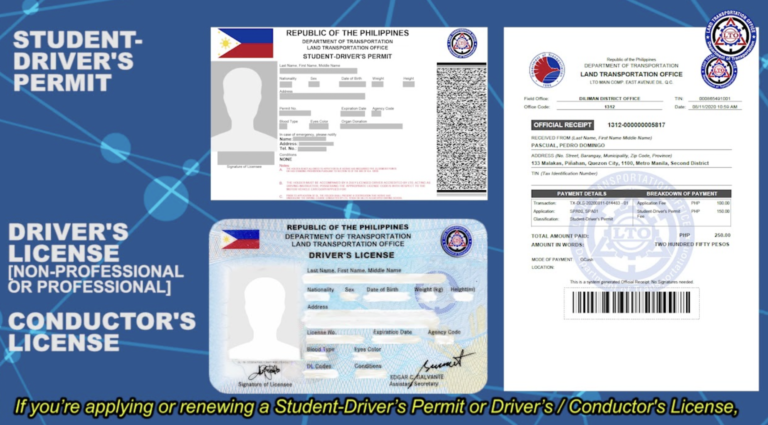SSS Maternity Benefits and Requirements

The Social Security System (SSS) provides cash assistance to its female members when they become pregnant and give birth. It is known as the SSS Maternity Benefit. If you are planning to have a child or are expecting one, take time to learn about how to enjoy this benefit in the Philippines. Read on below to learn about the steps you must take to apply for and claim your benefits.
Who Qualifies for an SSS Maternity Benefit?
The SSS Maternity Benefits are available to all female SSS members in the Philippines. The applicant must meet a few basic conditions to qualify for this type of benefit.
First off, the member should have updated SSS contributions for the past 3 months within the 12 months of the date of the birth of the child, or termination of pregnancy (for those who have emergency birth or suffered from a miscarriage).
Employed SSS members are also applicable for this benefit. You must notify your employer of your pregnancy so they can assist in the processing of the benefits claim. If you are a self-employed or voluntary member, you are also qualified for this benefit. You must notify the SSS of your pregnancy.
However, the SSS maternity benefit is only valid for up to four pregnancies or miscarriages. This provision is included in the Social Security Act of 1997.
SSS Maternity Benefits Application
The application process for the SSS Maternity Benefit is divided into two: the notification and the claims process.
In this section, you will learn about the notification process or when you will notify the SSS (or your employer, for employed members) about your pregnancy. It is recommended that you notify the SSS immediately once you find out you are pregnant. The notification procedure must be done within 60 days of the discovery of your pregnancy.
The SSS Maternity Notification procedure will require you to submit additional requirements to support the filing. First off, you must download a copy of the SSS Maternity Notification Form from the SSS website or the nearest SSS branch in your area. Fill out the form and then submit it to your employer or the SSS office near you.
Make sure to submit your proof of pregnancy along with the Maternity Notification Form, such as your latest ultrasound report. You must also present two valid IDs (or your UMID). Make sure that at least one of the two IDs you present has a photo, date of birth, and signature on it.
If you are unable to complete the notification process, you could be denied your SSS maternity benefit claim.
If you cannot visit the SSS office in your area, you can also complete the entire notification process online. Here are the steps that you have to take when filing your application online:
- Visit the SSS website.
- Input your login details and choose e-services.
- Go to Submit Maternity Notification.
- Provide the necessary documents and other requirements.
- Scroll down to the bottom of the page and click Submit. Keep a copy of your printed notification.
- You will be assigned a transaction number. Use this when tracking your notification status online or with the local SSS office. You can also print the acknowledgment page.
Filing Your SSS Maternity Benefit Reimbursement
Filing your maternity benefit reimbursement claim is easy. You can do this at your nearest SSS branch and they will be the ones to process it for you.
If you are an employed SSS member, you must provide the following requirements when making your SSS maternity claim:
- Maternity Notification Form (make sure it is stamped by the SSS)
- Maternity Reimbursement Form (make sure to complete the form beforehand)
- Two valid IDs
If you are a self-employed or voluntary member, you must provide the following requirements when filing your SSS maternity claim:
- Maternity Notification Form (with the SSS stamp)
- Maternity Reimbursement Form
- Two valid IDs
You will also be required to provide additional requirements when filing your SSS maternity reimbursement claim. If you have a normal delivery, make sure to present the certified true copy of the registered birth certificate of your child. If it was a stillborn delivery, provide the death certificate.
For members who had a cesarean delivery, you must present the certified true copy of the child’s birth certificate. Make sure to also present the surgical memorandum, operating room record, or any other similar documents.
SSS members who suffered from a miscarriage or had an abortion are still qualified for the SSS maternity benefit claim. You must submit the documents provided by your physicians such as the hystopath report (for abortion) or medical record stating your miscarriage.
How to Compute SSS Maternity Benefit
After determining if you qualify for and how to process your SSS maternity benefit, the next step is to know how much you expect to receive. The amount of your SSS Maternity benefit claim will be equivalent to the following formula:
Daily Maternity Benefit allowance = Average Daily Salary Credit x 60 days for Normal Delivery (or Miscarriage) OR 78 days for Cesarean Section
The Average Monthly Salary Credit is also divided by 180 and then multiplied by 60 days for those with miscarriages. The same formula is multiplied by 105 days for live childbirth and 120 days for a solo parent (under the Solo Parent’s Welfare Act of 2000).
To give you a concrete example, let’s say an SSS member is due to give birth in December 2022. The semester of contingency (the two quarters when the member was pregnant) would be July to December 2022. If, for example, the highest monthly salary credits over the last year is PhP 15,000. Multiply that amount by 6 so you get a total of PhP 90,000.
Using this amount, the daily maternity allowance is P 500. If you had a normal delivery, multiple that by 60 so your total benefit claim is PhP 30,000. If you had a Cesaerean delivery or an ectopic pregnancy that required surgery, then multiply that daily allowance by 78 days), which means your benefit claim is PhP 39,000.
When Can You Expect to Receive Your SSS Maternity Benefit Reimbursement?
The reimbursement process of your SSS maternity benefit will vary based on your membership type, such as employed and voluntary members.
If you are employed, the maternity benefit is released by your employer in advance (30 days before the start of your maternity leave). SSS will reimburse the employer for the exact amount that was released to the employee. If the employer fails to remit the benefiting member’s contributions or the SSS wasn’t notified within the schedule, the employer is held liable. They must pay damages to the SSS, which is equivalent to the amount that was paid to the member.
If you are a voluntary member, the SSS benefit will be reimbursed directly to your bank account (if you satisfied the Maternity Reimbursement Claim process). The SSS will notify you via text or email about the reimbursement process completion. The amount will be deposited to your bank within 30-60 days from the time of approval of your claims process application.
Frequently Asked Questions on SSS Maternity Benefits & Requirements
If you have more questions about the process of applying for and claiming your SSS maternity benefit, here are some of the commonly asked questions.
What are common reasons why your SSS Maternity Benefit application is denied?
The most common reason why your SSS maternity benefit claim is denied is due to eligibility reasons. SSS requires that you have at least 3 months of contributions before the semester of contingency (the two semesters before your childbirth) within those 12 months. Therefore, you must update your membership contributions to SSS regardless of your membership status.
Another reason why your application is denied is if your SSS contributions were not remitted by the employer. It is your responsibility to constantly check your SSS contribution status to ensure that it is updated. You can register your account online so you can easily track your membership status. If you have any missing contributions, be sure to let your employer know about them so that you can enjoy the SSS maternity benefit.
One more reason why your application might be denied is if you failed to notify SSS about your pregnancy. Refer back to the guide above on when you must process your Maternity Notification to the SSS to qualify for the Maternity benefit.
How do you check your SSS contributions online?
If you’re an SSS member, it is easy to keep track of your contribution status online so you don’t have to visit a nearby SSS branch.
To do this, go to the SSS website. From the SSS homepage, click the member’s login option. Enter your username and password so you can access your membership details online. If you don’t have an account yet, be sure to create one. The process takes only a few steps and you can easily check your status online.
Once you have an online account, make it a habit to check your SSS contributions online so you can enjoy your membership benefits, such as the SSS maternity benefit.





